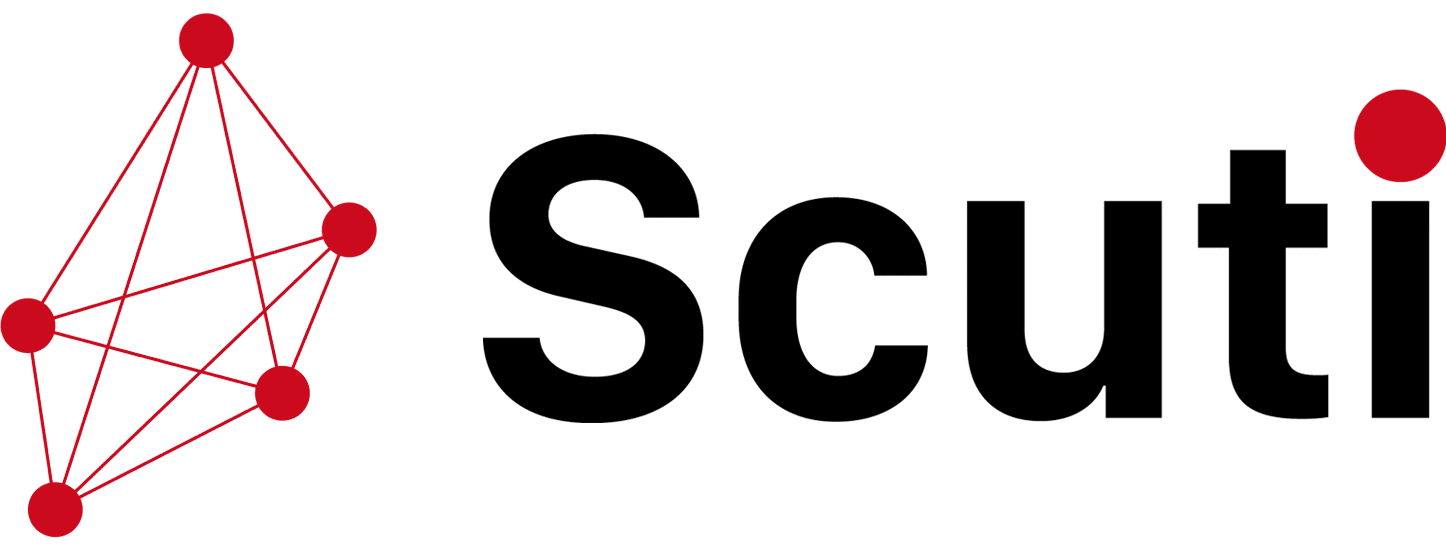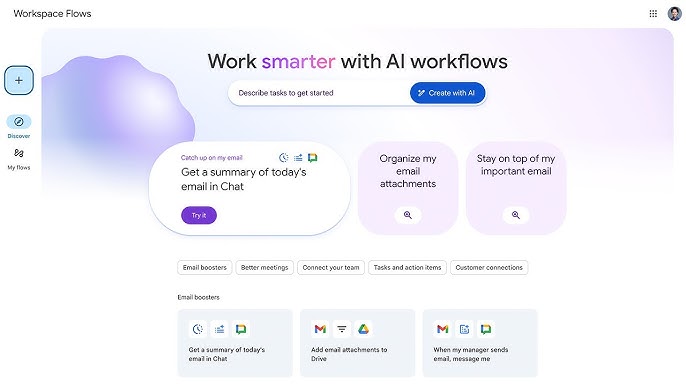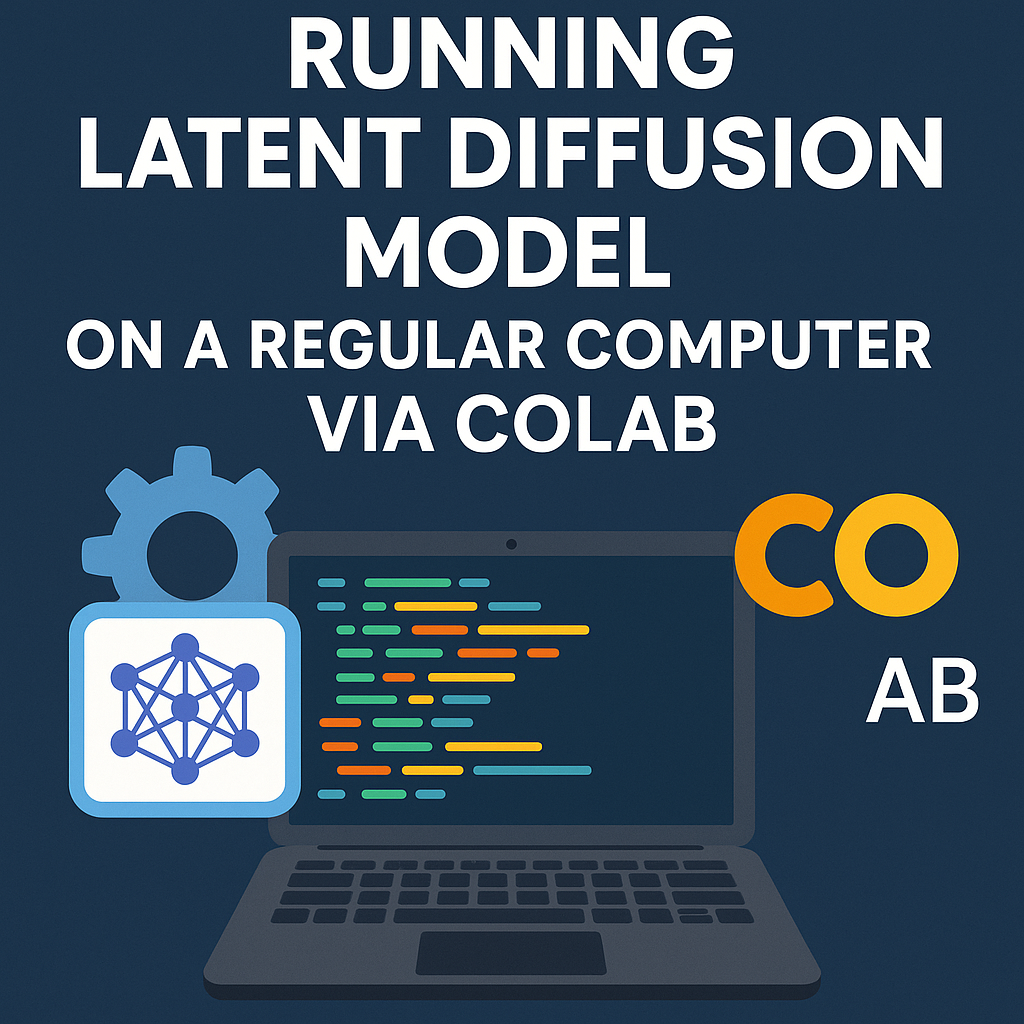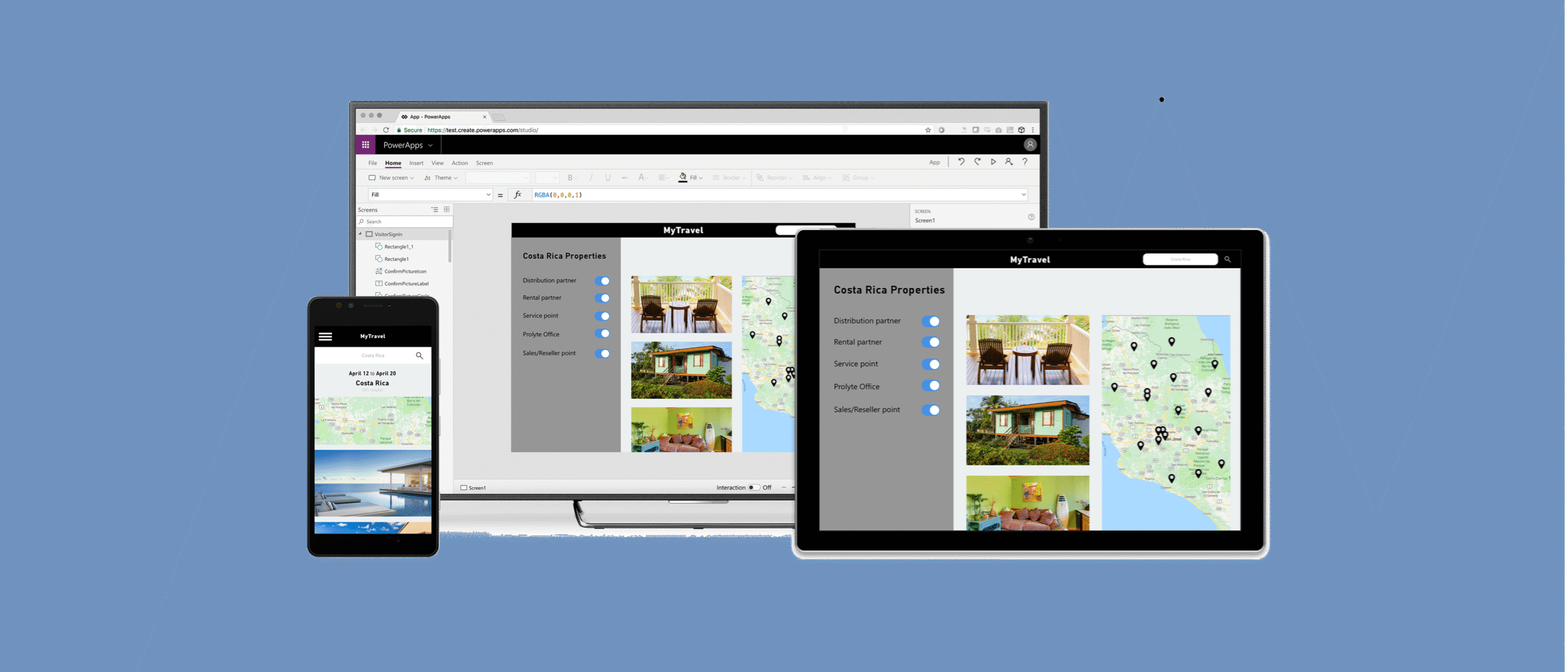Trong bối cảnh doanh nghiệp cần xử lý khối lượng công việc ngày càng lớn nhưng lại phải tối ưu chi phí và nguồn...
We make services people love by the power of Gen AI.





